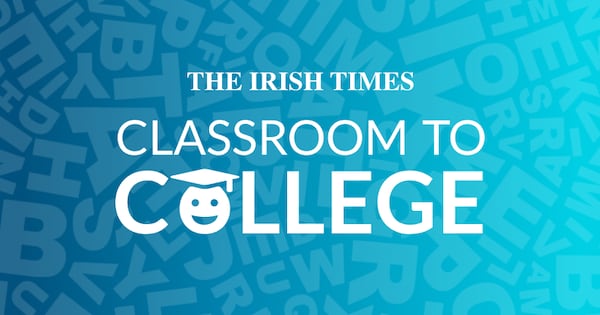Many students in disadvantaged schools have access to substandard science laboratories or sports facilities, according to new research.
It also found that a stigma around such schools means students are often seen as “low-achieving” or “non-academic”, which undermines the confidence of learners and diminishes the professional standing of teachers.
The findings are contained in a report, Educators' Perspectives on the Challenges, Successes and Opportunities of the Deis Programme, by Tasc, an independent think tank, and commissioned by the Teachers' Union of Ireland (TUI). It is based on surveys of more than 200 teachers and almost 50 school leavers.
The €180 million annual Deis (Delivering Equality of Opportunity In Schools) programme provides additional supports – such as lower class sizes and additional resources – to about 260,000 students in 360 schools with high concentration of disadvantage.
READ MORE
The study notes that Deis has helped narrow the achievement gap at second level with college progression rates climbing from 45 per cent in 2012 to 60 per cent in 2022.
Despite this success, the research identifies challenges with the programme such as a lack of transparency over resource allocation, inadequate classroom facilities and a lingering stigma associated with Deis schools.
Almost a third (32.5 per cent) of Deis educators rated school facilities such as science labs and sports halls as “poor” or “very poor”, a higher rate compared to non-Deis schools (24.5 per cent).
Teachers also reported experiencing heavy workloads due to diverse classroom needs and significant administrative burdens.
Many noted the need for reforms such as enhanced mental health supports and more transparent distribution of resources to ensure the most disadvantaged schools receive the support they need.
The report recommends a new tiered funding model to better match school needs, as well as smaller class sizes and investment in improved facilities.
Head of public education at Tasc Sara Singleton said it was essential to combat misconceptions over students’ abilities in Deis schools.
“These perceptions affect student confidence, enrolment patterns, and public support for Deis initiatives,” said Dr Singleton.
“Addressing this stigma through public awareness campaigns that celebrate the achievements of Deis schools, alongside better recognition of the contributions made by teachers in these settings, is essential to combat these misconceptions.”
TUI general secretary Michael Gillespie said the introduction of a tiered funding model to match specific school needs would allow for greater autonomy, as no two school communities are the same.
The Department of Education has said it plans to introduce a “dynamic resource allocation model” that can respond to changing levels of need and ensure young people in Deis and non-Deis schools are supported to achieve in education.
- Follow The Irish Times education section on Facebook and X (Twitter) and stay up to date














